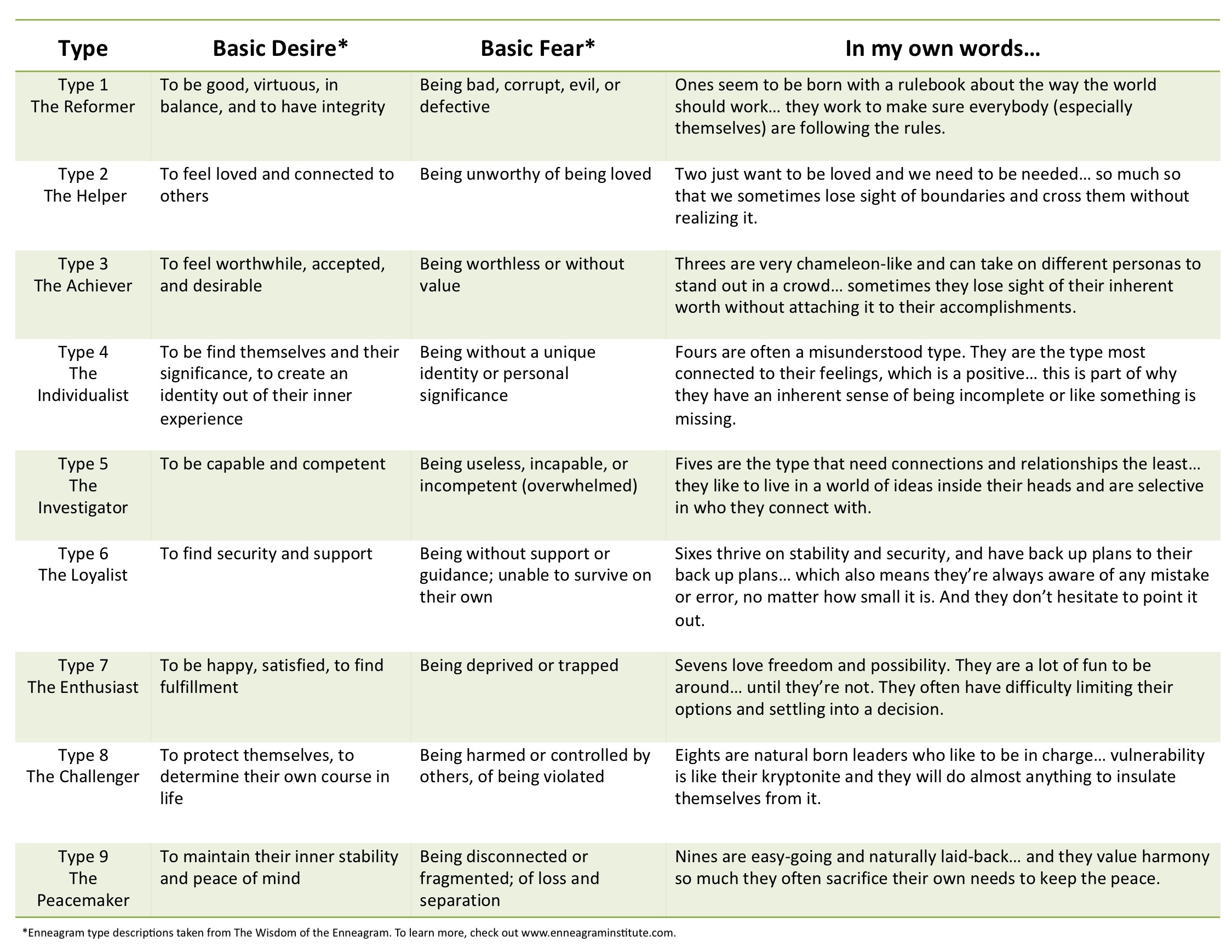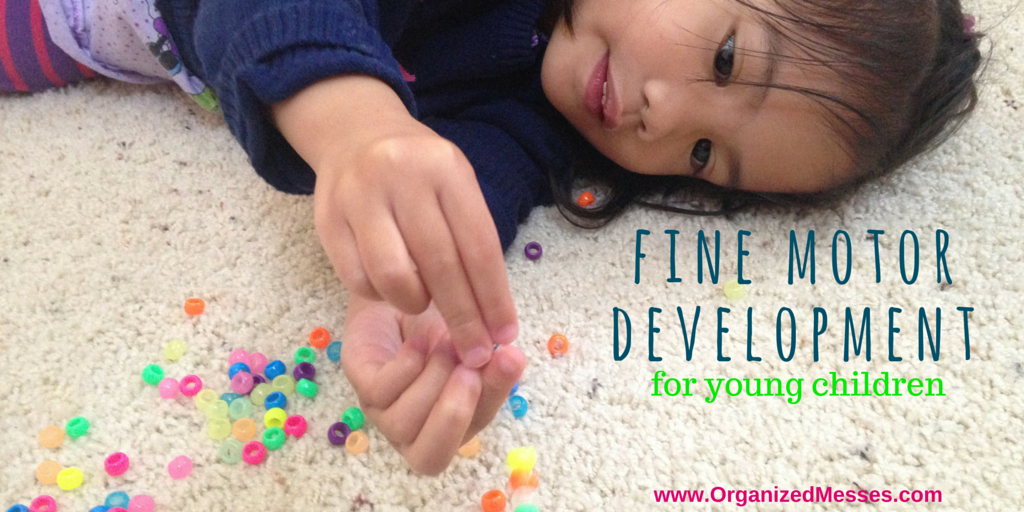When you think of leadership, certain words and images come to mind. A traditional view of leadership may tend to lean towards powerful, charming, and high-achieving individuals. As these are important, tangible qualities an influential leader possesses, there are also intangible, soft skills-based traits that are as equally important for supporting a team or organization successfully. Here are 7 traits of an influential leader (more will be added on the next blog post):
1) Creativity
Organizations and teams will come across problems and lulls in production. It is during these times that thinking about possibility and outcomes can build momentum for growth. Seeing how a project or company can remain relevant or get unstuck requires a visionary to say, “How about this?” or “Let’s try something different.” When a leader proposes something unique with confidence, people are willing to believe in giving it their all, and it shows. Companies like Apple and Google can inspire employees and consumers to believe in the brand because their leaders possessed the creative confidence to guide a generation to “think different.”
2) Conflict Resolution
Just as our personal relationships have conflicts, so do our work relationships. It is common, and many times there is a protocol to follow where leaders or managers are asked to help resolve conflict. This is difficult because one party may feel more favored than the other. Mediation and coaching may be needed. What is there to do to ensure team members feel heard and respected? Conflict resolution skills involve respectfully hearing and modeling how to communicate with someone who may or may not have similar values or intentions. It requires active listening, patience, and willingness to troubleshoot solutions, even if you think your answer is the “best.” Without successful conflict resolution skills, a team can deteriorate where there is no focus on goals or a larger mission.
3) Adaptability
Leaders tend to have worked in diverse fields and positions. They’ve been in multiple roles that developed a range of skills and perspectives. This ability to see a company or roles from the bottom-up and across disciplines is a huge asset. When speaking with team members about tasks and where a company may potentially go, adaptable leaders know when to increase or decrease their engagement or facilitate team participation. An adaptable leader is not too proud to work in a “lower” position or task, rather, they have humility to do what is needed to get the job done.
Change is constant, and employees or teammates look to leaders on how to respond. If a positive or negative change occurs, how a leader responds ripples across the group which can create confidence or fear. The morale of a group is an important factor with how it can overcome difficult times and thrive. People want to know if their jobs or organization will make it through hardships and leaders are looked to for guidance and strength.
4) Accountability
We make mistakes. Leaders make mistakes. They may say things that were misinterpreted, or caused additional problems. An influential leader apologizes and takes responsibility for their actions and words. In addition to apologizing is staying away from blame. It is a difficult thing to say, “I’m sorry,” but it is also very powerful in developing and maintaining respect with people you work with. It can go a long way to identify mistakes, apologize, and figure out ways to prevent it from happening again.
5) Communication
Communication is very general, but encompasses vital skills for teammates to accomplish goals. If a task is poorly explained, it could fail and lead to additional problems, or low morale. People want to feel competent, but vague descriptions or a lack of explanation can make many feel unsure about what is being asked. Some ways of being an effective communicator:
Clear language
Concise statements describing tasks
Examples for others to reference
Being open to questions to verify understanding
Using multiple communication methods to reach teammates and diverse learning styles (text, visual, hands-on, presentations, video, small chunks of information, outlines)
Checking-in, but not micromanaging
Listening and confirming the experience of individuals
1:1 and group meetings to instill motivation or ensure cohesive understanding of goals
Praise for efforts and successes
Appropriate tone, body language, and facial expressions
6) Delegation
Teams need different roles to thrive. If a big-picture thinker is being paired with a rote, repetitive task lacking creative expression, it might not be the best way for them to feel successful or contribute to a team. Leaders can and do see the beauty of diverse gifts and talents within a group. They will learn about the motivations and unique skills each teammate has, and assign tasks that highlight these skills. This can make team members feel more valued and seen for their unique talents.
In addition to delegating tasks, a leader must be able to picture the individual steps and identify procedural descriptions in a way that is clear for others to understand. When tasks are assigned and described well, a team is able to get the job done more easily. A team may have a difference of opinion in terms of work flow, timelines, and priority tasks, so a leader must instill confidence that the tasks given are what need to be done in order to move forward.
7) Motivation
Motivation is huge. Individuals who are encouraged and believed in will work diligently towards the collective goals and core values of a team. Feeling like you are part of something bigger makes the difference between someone who is working because they have to versus someone who works because they want to. Wanting to be at work increases productivity and effort. It can also boost morale and trouble shooting when things get tricky. Some ways to motivate teammates:
Praise efforts, recognize accomplishments individually and as a group
Having fun, group events, not always being serious
Encourage members to ask for help or feedback
Model skills to develop
Seeing which teammates prefer guidance or more autonomy with tasks
Asking for suggestions, having regular meetings where people feel valued
To my younger readers, non-working professional visitors, students, and creatives, please consider how these traits can be applied in different scenarios in your lives. Leadership does not have to be the goal for adopting new or using these existing skills. Interpersonal relationships can also heal and thrive with the usage of many of these soft skills. If you would like to practice developing such skills, a coach or therapist can help on this path.
I am happy to chat on which services would better fit your needs at the moment. 949-381-1894 or organizedmesses@gmail.com
















